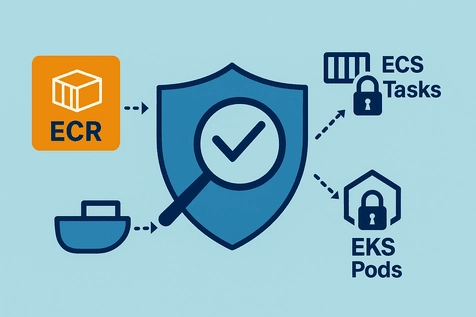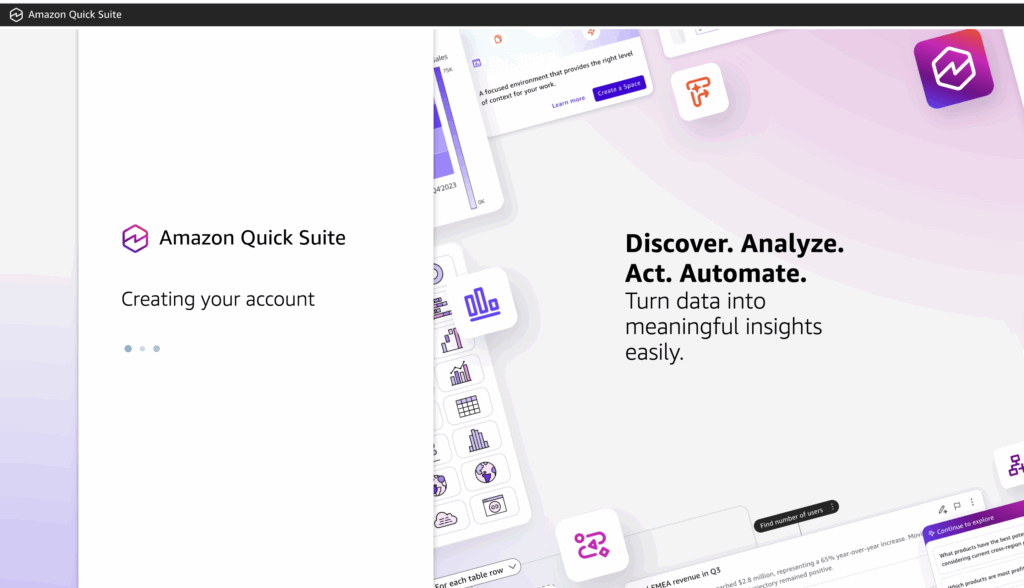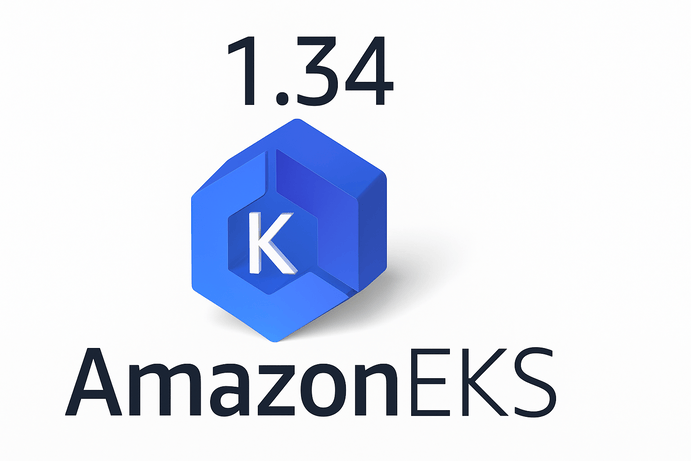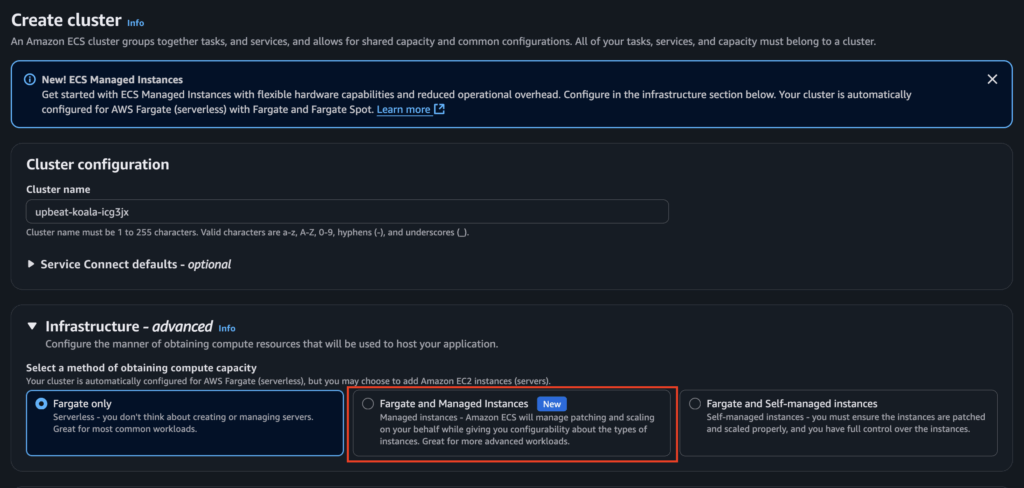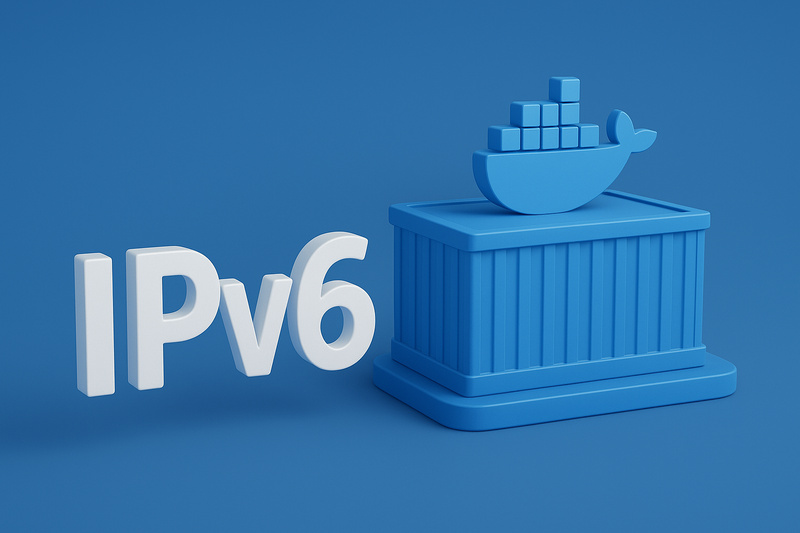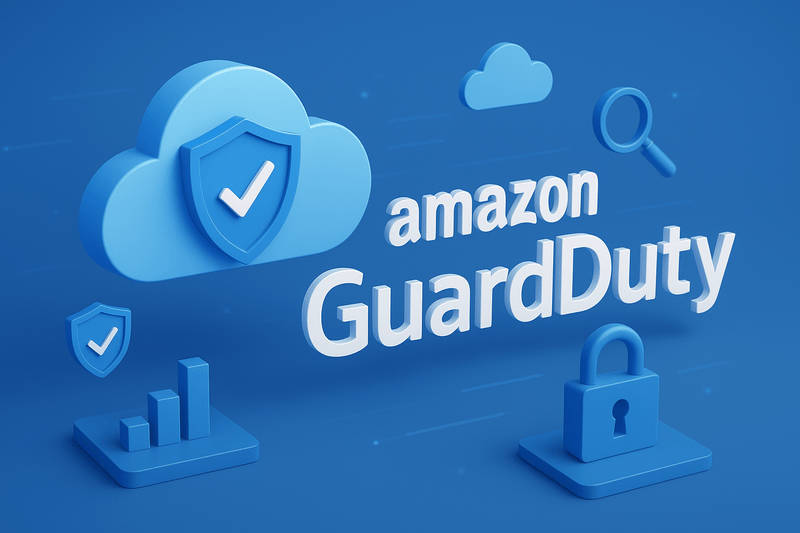Container security has become a cornerstone of modern cloud-native architectures, where hundreds or even thousands of container images run across dynamic clusters. Ensuring that every image in use is free of critical vulnerabilities—and that security teams can rapidly identify and patch the most at-risk workloads—is no small feat. Amazon Inspector’s latest feature addresses this challenge head-on by mapping ECR images directly to the running containers and pods that use them. Below, we explore the details of this enhancement, its advantages for organizational security posture, and how it contributes to a holistic, 360° view of container-based workloads.
Amazon Inspector: Automated and Continuous Vulnerability Management
Amazon Inspector is AWS’s fully managed vulnerability management service that automatically discovers and scans workloads—such as EC2 instances, Lambda functions, and container images in Amazon ECR—for software flaws, code bugs, and unintended network exposure across your entire AWS organization It integrates SBOM (Software Bill of Materials) exports, risk-score calculations, and both agent-based and agent-less scanning to maximize coverage and help teams shift security left in the development lifecycle.
Mapping ECR Images to Active Container Workloads
As of May 19, 2025, Amazon Inspector automatically correlates ECR images with the specific ECS tasks and EKS pods on which they run. Previously, teams could see which images were vulnerable but lacked direct visibility into whether those images were currently deployed. Now, Inspector tracks:
- Active Usage: Which tasks or pods are consuming a particular ECR image.
- Last-In-Use Date: When an image was last running in a workload.
- Cluster Context: The ECS clusters or EKS namespaces where the image is deployed.
- EventBridge Integration: Findings enriched with usage metadata can be routed to EventBridge for automated workflows.
Advantages for Prioritization and Mean Time to Remediation (MTTR)
Focused Remediation
By pinpointing exactly which images are in production, security teams can focus scarce patching resources on high-risk images that are actively powering workloads, rather than chasing down vulnerabilities in dormant or test images.
Reduced MTTR
Knowing where a vulnerable image is deployed—down to the cluster and pod level—cuts investigation time dramatically, allowing teams to remediate threats faster and reduce blast radius.
Resource Optimization
Continuous scanning already alerts on push and pull dates, but combining that data with “last in use” helps eliminate noise and concentrate patching efforts where they matter most, improving operational efficiency.
Deep Integration with Security Architecture
Integrating seamlessly into existing security tooling, this feature enhances your organization’s security architecture by:
Asset Inventory Enrichment: Automatically updating your inventory of running container assets with image-level vulnerability findings, ensuring that vulnerability databases remain current and accurate.
Event-Driven Automation: Routing enriched findings to EventBridge enables conditional workflows—e.g., triggering Lambda functions to orchestrate blue-green deployments or automatically pausing new task launches until a critical patch is applied.
API-First Control: All usage metadata and mapping details are available via Inspector APIs, empowering DevSecOps teams to integrate the data into custom dashboards, ticketing systems, or SIEM platforms.
Building a Holistic View of Container-Based Workloads
By stitching together image provenance, continuous vulnerability scans, and real-time deployment telemetry, Amazon Inspector offers a truly end-to-end view of every container image’s lifecycle. From the moment a developer pushes code and an image is built—complete with an SBOM documenting every dependency—to the ongoing, automated scans that detect new CVEs, and finally to the precise mapping of that image to running ECS tasks or EKS pods, teams gain granular visibility at each stage. This holistic context elevates risk scoring beyond one-dimensional severity ratings: Inspector factors in whether a vulnerable image is actually deployed, whether it sits behind internal firewalls or on public endpoints, and even which namespaces or clusters it touches, so that the most dangerous exposures bubble to the top of your remediation queue. And because every finding now includes image-to-pod mapping, timestamped usage data, and risk-score rationale, generating compliance artifacts for frameworks like PCI DSS, NIST CSF, or ISO 27001 becomes straightforward—security and audit teams can instantly demonstrate that no container asset slips through the cracks, that vulnerabilities are identified in real time, and that remediation actions align with regulatory requirements.
Enhancing Organizational Security Posture
When vulnerability scanning is seamlessly integrated with live deployment insights, security architects can prioritize fixes by their true business impact—tackling high-severity flaws in customer-facing or revenue-critical services first, while scheduling lower-risk patches in development or staging environments. This real-time context also unlocks powerful automation: enriched Inspector alerts can drive EventBridge rules that launch Lambda functions to apply container patches, update IaC policies in tools like AWS Config or Terraform, or isolate affected workloads until they’re secured. And because each finding includes precise metadata—such as which clusters and pods are running the vulnerable image, when it was last in use, and a tailored risk score—teams can produce audit-ready compliance reports on demand, clearly documenting continuous scanning coverage, remediation timelines, and alignment with standards like PCI DSS, NIST CSF, and ISO 27001 without time-consuming manual evidence gathering.
Conclusion
Ultimately, the ability to see exactly where vulnerable images are running transforms Amazon Inspector from a vulnerability scanner into an integral part of your cloud security and DevSecOps toolchain—accelerating detection, reducing MTTR, and providing the comprehensive visibility required to secure containerized applications at scale.

